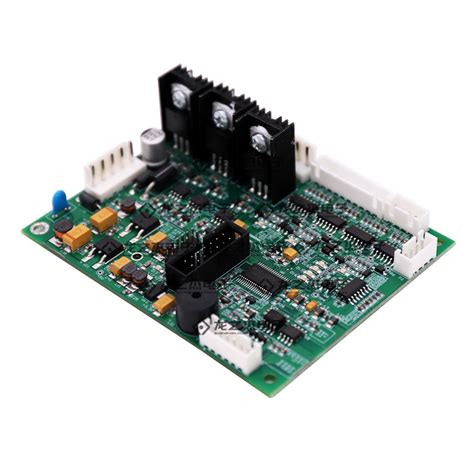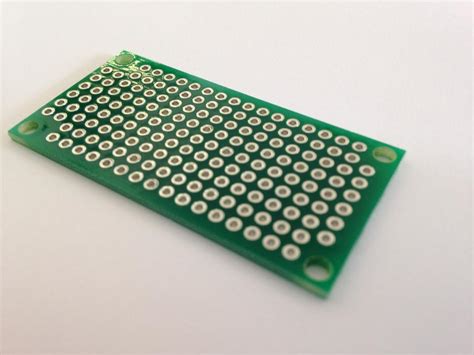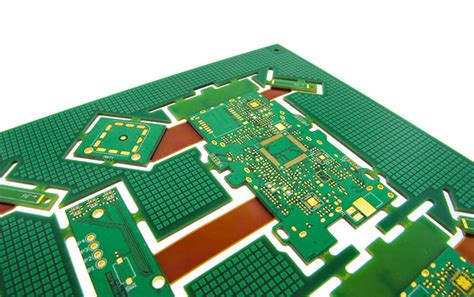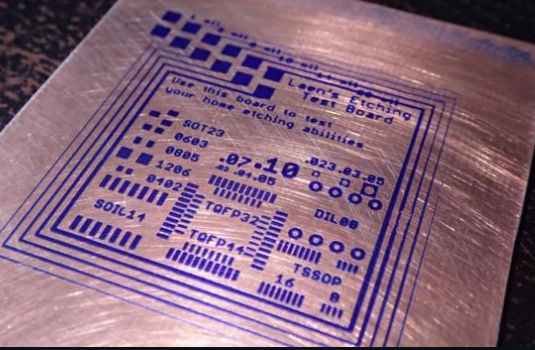How to consider the electromagnetic compatibility of circuit boards in PCB design?
Electromagnetic compatibility refers to the ability of electronic equipment to work in a coordinated and effective manner in various electromagnetic environments. The purpose of electromagnetic compatibility design is to enable electronic equipment to suppress various external interferences, so that electronic equipment can work normally in a specific electromagnetic environment, and at the same time reduce the electromagnetic interference of electronic equipment itself to other electronic equipment.
Following the following PCB design tips can effectively improve the electromagnetic compatibility of circuit boards:
1.Choose a reasonable wire width
Since the impact interference generated by transient current on printed lines is mainly caused by the inductance component of printed wires, the inductance of printed wires should be minimized. The inductance of printed wires is proportional to its length and inversely proportional to its width, so short and fine wires are beneficial for suppressing interference. The signal lines of clock leads, row drivers or bus drivers often carry large transient currents, and the printed wires should be as short as possible. For discrete component circuits, the requirements can be fully met when the printed wire width is about 1.5mm; for integrated circuits, the printed wire width can be selected between 0.2 and 1.0mm.
2.Adopt the correct wiring strategy
Using equal routing can reduce the inductance of the wires, but the mutual inductance and distributed capacitance between the wires increase. If the layout allows, it is best to use a tic-tac-toe mesh wiring structure. The specific method is to wire horizontally on one side of the printed circuit board and vertically on the other side, and then connect them with metalized holes at the cross holes.

3.Avoid long-distance equal routing
In order to suppress the crosstalk between the wires of the printed circuit board, long-distance equal routing should be avoided as much as possible when designing the wiring, and the distance between the wires should be kept as far as possible. The signal line and the ground line and power line should not cross as much as possible. Setting a grounded printed line between some signal lines that are very sensitive to interference can effectively suppress crosstalk.
4.Optimize the wiring design to avoid electromagnetic radiation generated when high-frequency signals pass through printed wires
In order to avoid electromagnetic radiation generated when high-frequency signals pass through printed wires, the following points should also be noted when wiring the printed circuit board:
(1) Minimize the discontinuity of the printed wires, such as the wire width should not change suddenly, the wire corner should be greater than 90 degrees, and loop routing is prohibited.
(2) Clock signal leads are most likely to generate electromagnetic radiation interference. When routing, they should be close to the ground loop, and the driver should be close to the connector.
(3) The bus driver should be close to the bus it is going to drive. For those leads that leave the printed circuit board, the driver should be close to the connector.
(4) The data bus should be wired with a signal ground wire between every two signal lines. It is best to place the ground loop close to the least important address lead, because the latter often carries high-frequency current.
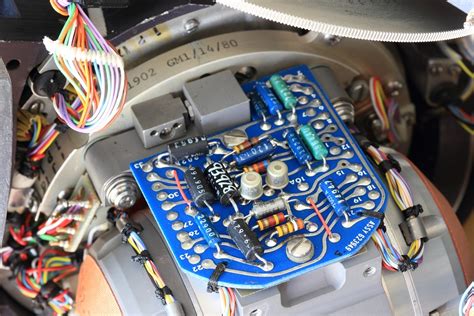
5. Suppressing reflection interference
In order to suppress the reflection interference that appears at the terminal of the printed line, except for special needs, the length of the printed line should be shortened as much as possible and a slow circuit should be used. If necessary, terminal matching can be added, that is, a matching resistor of the same resistance value is added to the ground and power supply ends at the end of the transmission line. According to experience, for TTL circuits with generally faster speeds, terminal matching measures should be adopted when the printed line is longer than 10cm. The resistance value of the matching resistor should be determined based on the maximum value of the output drive current and absorption current of the integrated circuit.
6.Use differential signal line routing strategy during PCB design
Differential signal pairs that are routed very close to each other will also be tightly coupled to each other. This mutual coupling will reduce EMI emission. Usually (of course there are some exceptions) differential signals are also high-speed signals, so high-speed design rules are usually applicable to differential signal routing, especially when designing signal lines of transmission lines. This means that we must be very careful in designing the routing of signal lines to ensure that the characteristic impedance of the signal lines is continuous and constant everywhere along the signal lines.
During the layout and routing of differential line pairs, we hope that the two PCB lines in the differential line pair are exactly the same. This means that in practical applications, every effort should be made to ensure that the PCB lines in the differential line pair have exactly the same impedance and the routing length is exactly the same. Differential PCB lines are usually always routed in pairs, and the distance between them is kept constant at any position along the direction of the line pair. Under normal circumstances, the layout and routing of differential line pairs are always as close as possible.
Ruidi Hangke provides free electromagnetic compatibility design rectification technical consultation, and provides different types of power ports and signal ports for lightning surge protection and ETT interference suppression filtering protection components.


